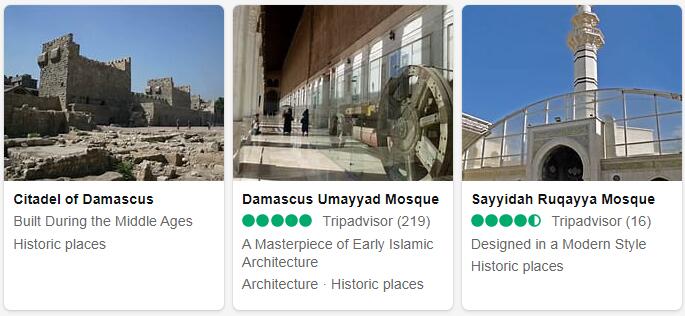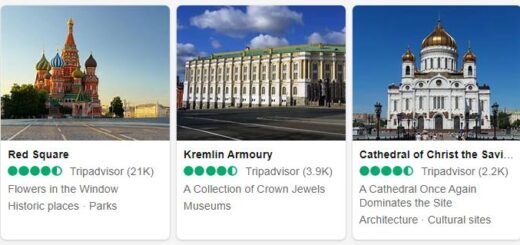Syria 2018
Syria is located in the western part of Asia with an estimated population of 19 million people. The economy is largely based on agriculture, oil and tourism, with the main exports being crude oil and petroleum products. In terms of foreign relations, Syria is a member of the United Nations and other international organizations such as the Arab League, Non-Aligned Movement and Organisation for the Prohibition of Chemical Weapons. According to extrareference, Syria is a unitary semi-presidential republic with an elected president who serves as head of state while the prime minister serves as head of government. In 2018, Bashar al-Assad was elected to serve another term in office as President of Syria.
Yearbook 2018
Syria. At the end of the year it was reported that in Syria there are over 6.5 million internally displaced people and that in neighboring countries there are over 5.5 million Syrians who are fleeing the seven-year conflict – in Turkey 3.5 million, in Lebanon close to 1 million, in Jordan over 650,000 and in Iraq 250,000. Since the border with Jordan opened in October and the conflict has entered a calmer phase, many have now begun to return home.
- According to Abbreviationfinder: SYR is an three letter acronym for Syria.
In December, the announcement came that the United States would take its troops home from the country. According to President Donald Trump, this was because the Islamic State (IS) terrorist organization had been defeated in the spring. The 2,000 US soldiers have been a protection against the Kurdish YPG militia in the war against IS, but now it is feared that both IS and Turkey and Syrian government forces will have more leeway. And quite rightly: a few days after the US decision, Syrian government forces backed by the Russian Federation went into Kurdish-controlled territory, the city of Manbij in northern Syria, where the United States decided to withdraw its forces. According to Countryaah.com, Damascus is the capital city of Syria, a country located in Western Asia. Turkey also announced its intention to enter the Kurdish area of northern Syria.
In rebel-controlled eastern Ghouta and the city of Duma, northeast of the capital, Damascus, the fighting continued during the year – despite the ceasefire decision in late November 2017. The fighting continued until mid-April, when regimented forces finally took control of the last rebel stronghold in Duma. During the winter, more than 400,000 civilians were trapped in the area. Of these, over 150,000 managed to escape; According to the Opposition Syrian Human Rights Observatory (SOHR), 30,000 of them were rebels who fled with their families. Despite a UN resolution in February of a 30-day ceasefire, the regime’s bombings continued. On February 27, a five-hour daily ceasefire (8am – 1pm) – instead of the requested 30 days – was launched to open a “humanitarian corridor”. The International Red Cross Committee (ICRC) sent in truck convoys with supplies; however, several of the convoys were forced to stop because of the extensive fighting that was going on despite the ceasefire. In a UN report in September, it was stated that the Syrian regime has used chemical weapons on several occasions to recapture the area.
In mid-April, France, the United Kingdom and the United States launched a military campaign against Syria, partly with the aim of destroying the Syrian nuclear weapons facilities. The attacks came after reports received that at least 60 civilians had been killed in the city of Duma in a nuclear weapons attack. According to reports, more than 100 missiles should have been fired in Hums and Damascus, but the efficiency was marginal.
After the regime’s conquest of eastern Ghouta, the gaze was directed at the rebel stronghold of Idlib in northwestern Syria, near Aleppo. During the summer, fighting in the province intensified, with almost 3 million people. Half the area was controlled by the extremist group Jabhat Fatah al-Sham, formerly the al-Nusra Front, with 30,000 soldiers. However, the offensive against Idlib during late summer was halted in September by an agreement between Turkey and the Russian Federation. It meant establishing a demilitarized zone (15-20 kilometers wide) between Idlib and the Syrian government forces. In addition, it was agreed that all rebels should be able to withdraw from the province.
The so-called Asta process continued during the year. Iran, the Russian Federation and Turkey met in late November in Kazakhstan’s capital Astana for continued Syria talks, the eleventh meeting in order since its inception in 2015. This time, the meeting mainly addressed the possibilities for a permanent peace in the Idlib province. Representatives from the Syrian government and the opposition also attended the meeting.
The Contemporary History of Syria
Syria’s contemporary history here refers to the time after Bashar al-Assad took over as president after his father Hafez al-Assad in 2000. The period has most of all been characterized by the war in Syria from 2011. Prior to this, there was some political liberalization of the state-controlled Syrian community, both politically and economically. Among other things, the so-called Damascus Spring went in such a direction, but the reforms were not profound. On the contrary, inadequate political liberalization combined with financial difficulties led to increasing dissatisfaction.
Discontent came to the surface during the Arab Spring – with a 2011 uprising that soon developed into full war. After rebels took control of much of Syria, the government seemed to lose the war. Russia’s military support from 2015 has been crucial in regaining control of virtually the entire country. The war has been very costly, with great human losses and material destruction. It has also led to a less stable region, politically and militarily.
The conflict, which quickly developed into a civil war, was first local. Thereafter, the war was characterized by a regional political and military conflict. At the same time, it developed into a global conflict, with military participation from even more countries. A significant part of the international fight against Islamist groups has also been fought in Syria.
The main objective of the opposition and its supporters has been to remove Assad and rule the Baath regime. The states that supported the rebels were not willing to go directly into military force. It did not happen until 2014, when Operation Inherent Resolve (OIR) was implemented. This was not aimed at the Syrian regime, but at Islamists in Syria and Iraq. Russia entered the war in the fall of 2015. It was officially there to fight the Islamists, but outside the framework of the OIR; in fact, the Russian intervention was implemented to support the Baath regime.



